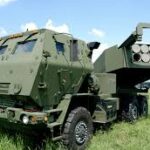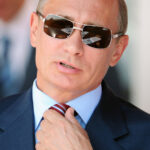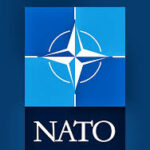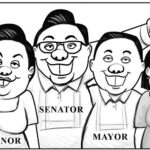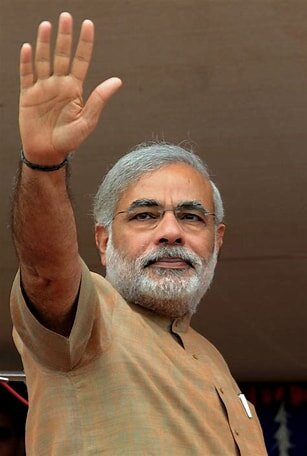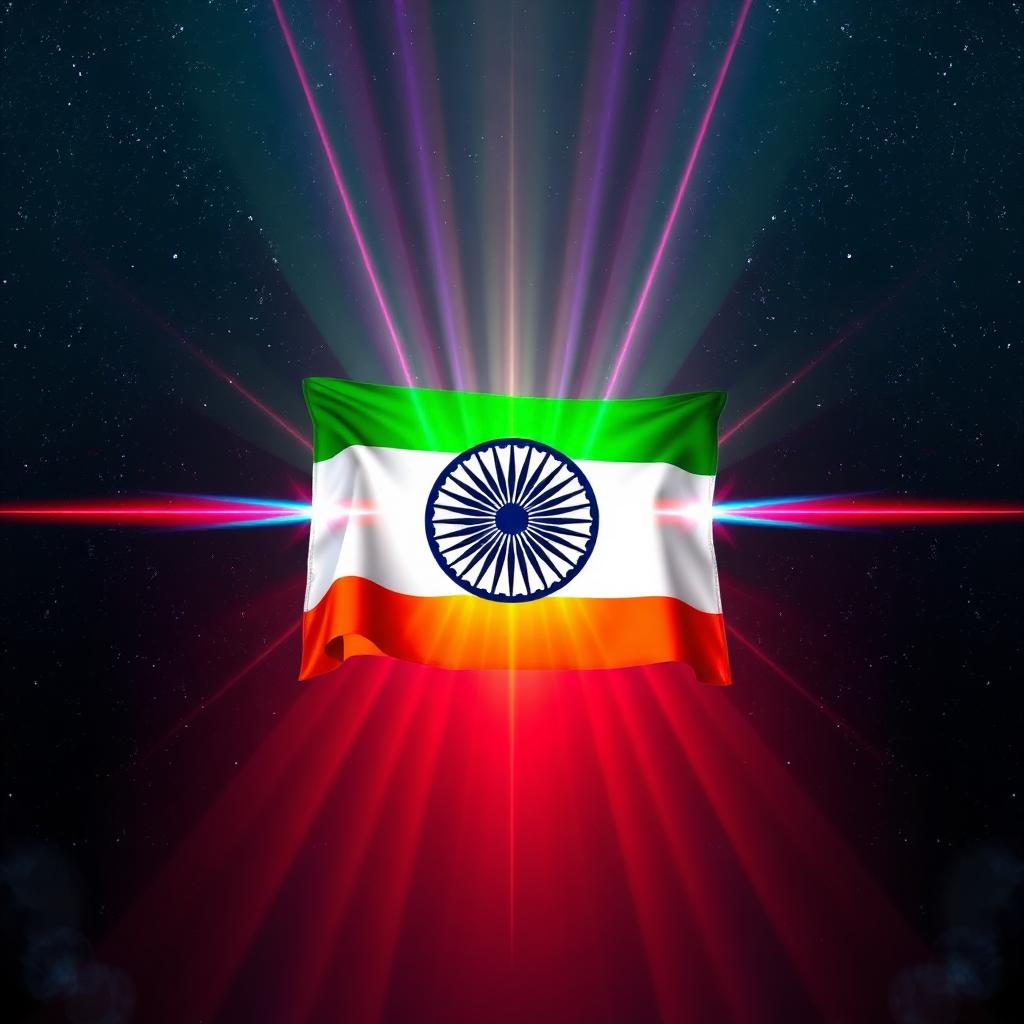Luke Allen
Military Political Analyst
Makati, Manila
lukeallenmanila@journalist.com
As India’s political landscape braces for the imminent general election results, all attention is focused on Narendra Modi, the incumbent Prime Minister and leader of the Bharatiya Janata Party (BJP). The air is thick with speculation that Modi is on the cusp of securing a momentous third term, a feat that would defy expectations and underscore his political acumen.
Since assuming office on May 26, 2014, Narendra Modi has steered India as its Prime Minister for nearly a decade, a tenure that has been marked by both acclaim and censure. His leadership has been instrumental in ushering in numerous economic reforms, social initiatives, and foreign policy maneuvers that have significantly shaped India’s standing on the world stage.
Modi’s leadership style, characterized by his charismatic persona and strong nationalist rhetoric, has garnered a loyal following among many sections of Indian society. His emphasis on economic development, infrastructure projects, and social welfare programs has resonated with a significant portion of the electorate, particularly in rural and urban areas.
Under Modi’s leadership, the Bharatiya Janata Party has presented a vision of a strong and prosperous India, emphasizing themes of national security, economic growth, and cultural pride. The party’s strong organizational structure, vast resources, and widespread grassroots support have positioned it as a formidable force in Indian politics.
Despite the widespread popularity of Modi and the formidable electoral machinery of the BJP, the upcoming elections are not without their uncertainties. Opinion polls and political analysts have been at odds in their predictions, with some foreseeing a comfortable victory for Modi and the BJP, while others anticipate a more closely contested race, adding a layer of intrigue to the electoral landscape.
It is important to note that opinion and exit polls have been wrong before in predicting election outcomes, both in India and worldwide. Factors such as voter turnout, regional dynamics, and last-minute developments can all significantly shape the final result.
The opposition parties, led by the Indian National Congress and regional players, have been actively campaigning to challenge Modi and the BJP’s dominance. Unemployment, farmer distress, social inequality, and religious tensions have been key points of contention in the political discourse leading up to the elections.
As the election campaign intensifies, Modi has been crisscrossing the country, addressing rallies, launching new initiatives, and highlighting his government’s achievements. His ability to connect with diverse audiences, from rural villagers to urban professionals, has been a hallmark of his political strategy.
With the stage set for a high-stakes electoral battle, all eyes are on Narendra Modi as he seeks to secure a historic third term as the Prime Minister of India. Whether he can overcome the challenges and emerge victorious remains to be seen. Still, one thing is sure—Modi’s political journey is far from over, and his impact on Indian politics will likely endure for years to come.



